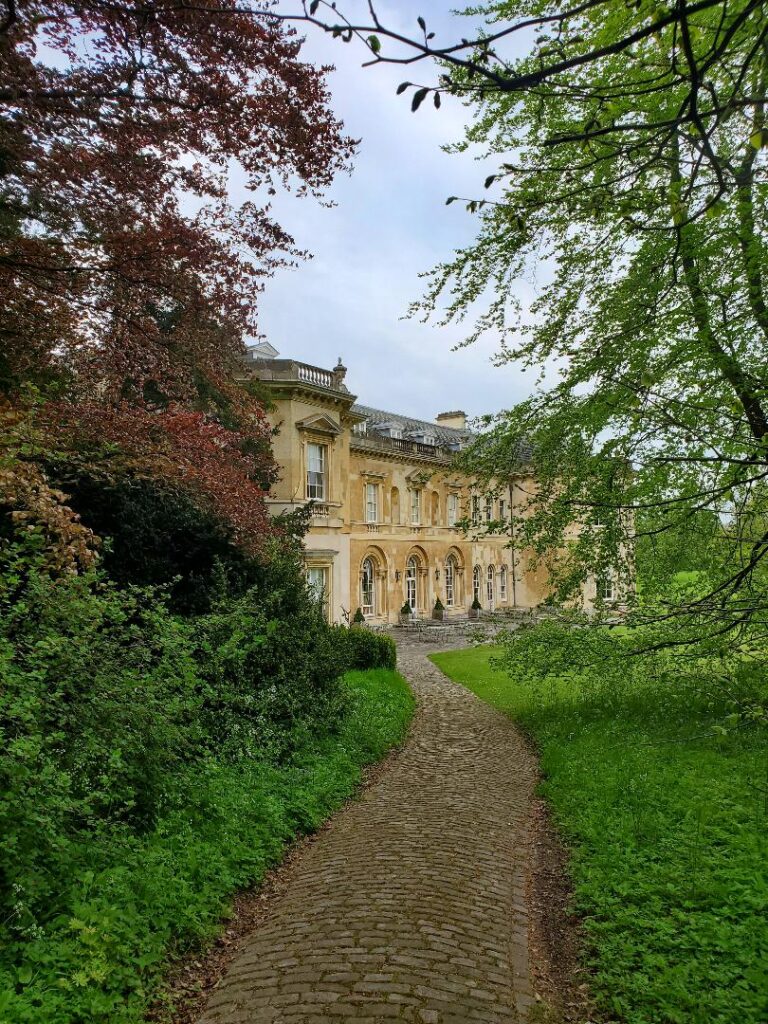
Recently, I stayed at Hartwell House, an historic stately home hotel nestled in the Vale of Aylesbury, Buckinghamshire. Being made to feel like the Lady of the Manor for a week was a unique experience. Given the choice of several beautifully decorated drawing rooms in which to relax and acres of grounds to explore, I truly felt as though I had the entire house to myself, although there were certainly other guests in the hotel.
Hartwell House is rich in both Jacobean and Georgian archtectural elements, though the property was first mentioned in the Domesday Book of 1086. The present Grade I listed House was built between 1570 and 1617 by Sir Alexander Hampden, but Hartwell and its grounds have been shaped over the years by the hands of reknowned architects and designers, including James Gibbs, James Wyatt and Richard Woods, a well-known follower of Capability Brown.
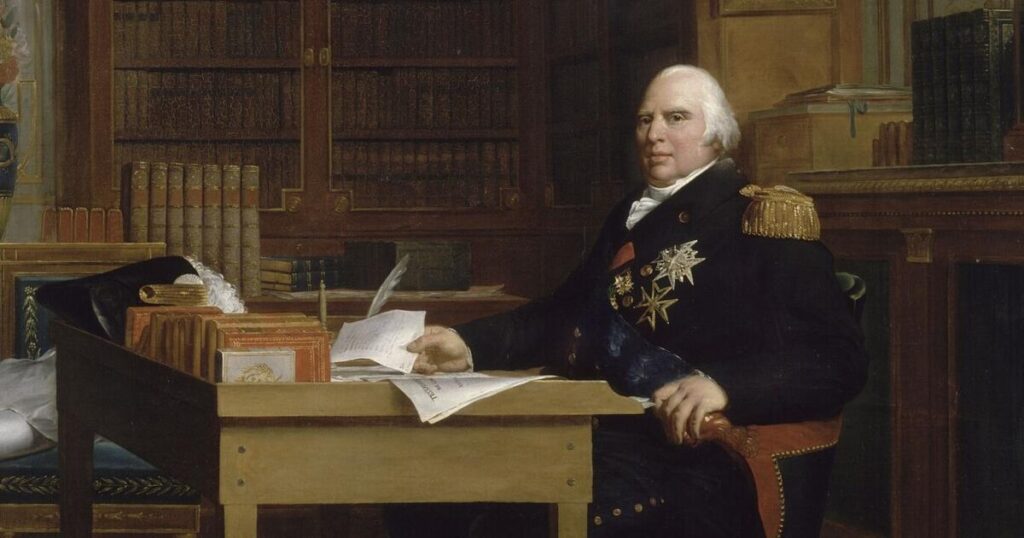
Hartwell House has a remarkable history, with it’s most famous resident being Louis XVIII, exiled King of France (above), who held court here from 1809 to 1814.

Portraits of Louis XVIII and his wife, Marie Josephine of Savoy, hang over Hartwell’s grand staircase.
Following Napoleon’s defeat in Russia in 1812, Louis XVIII issued a proclamation to the people of France, dated Hartwell, Feb 1, 1813. The Declaration of Hartwell stated that those who had served Napoleon or the Republic would not suffer repercussions for their acts, and that those who’d had lands confiscated during the Revolution would be compensated for their losses.
While the Foreign Secretary Lord Castlereagh denied any British participation in the proclamation, the British government provided Louis with the financial means to print the declaration, and copies were sent on board British ships for distribution on the coast of France, and dispatches to European capitals were carried by British couriers.
Allied troops entered Paris on 31 March 1814. On April 6, 1814, the French Senate invited Louis to resume the throne of France and Louis signed the accession papers at Hartwell. Five days later Napoleon abdicated.

A bust of the Duke of Wellington stands in a niche outside the dining room
The Royal Meteorological Society was founded at (1850) and regularly met at Hartwell House. In 1938 the house and estate were purchased by millionaire recluse Ernest Cook, an early hero of the conservation movement and grandson and co-heir of the Victorian travel tycoon Thomas Cook. During the Second World War, Hartwell served as an Army billet for British and American troops. From 1956 until 1983, Hartwell was let to finishing school and secretarial college and was afterwards purchased by Historic House Hotels Ltd, when the fine Georgian interiors were painstakingly restored alongside extensive restoration of the historic gardens and parkland. Hartwell House opened as an hotel in July 1989 – with a whole lot of history behind it and much panache.
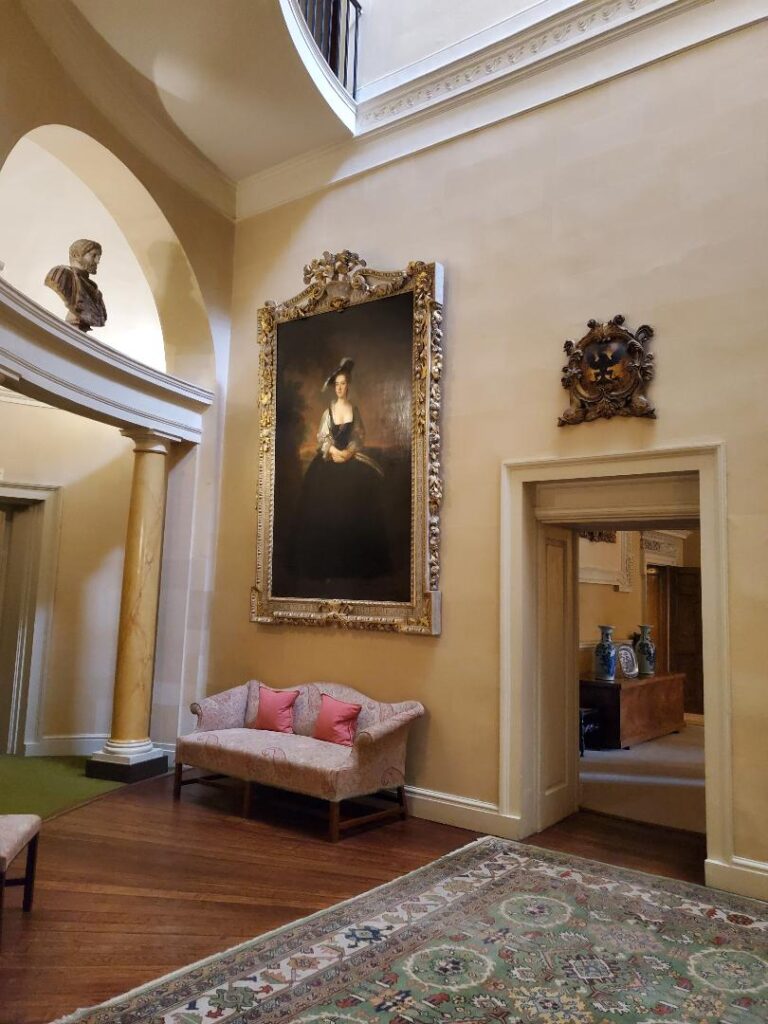
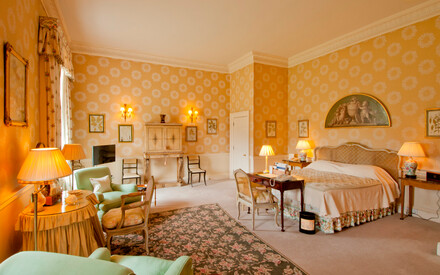
Each of the spacious bedrooms are unique and feature outstanding decorative ceilings and panelling, fine paintings and antique furniture. The beautifully appointed drawing rooms are no less impressive.
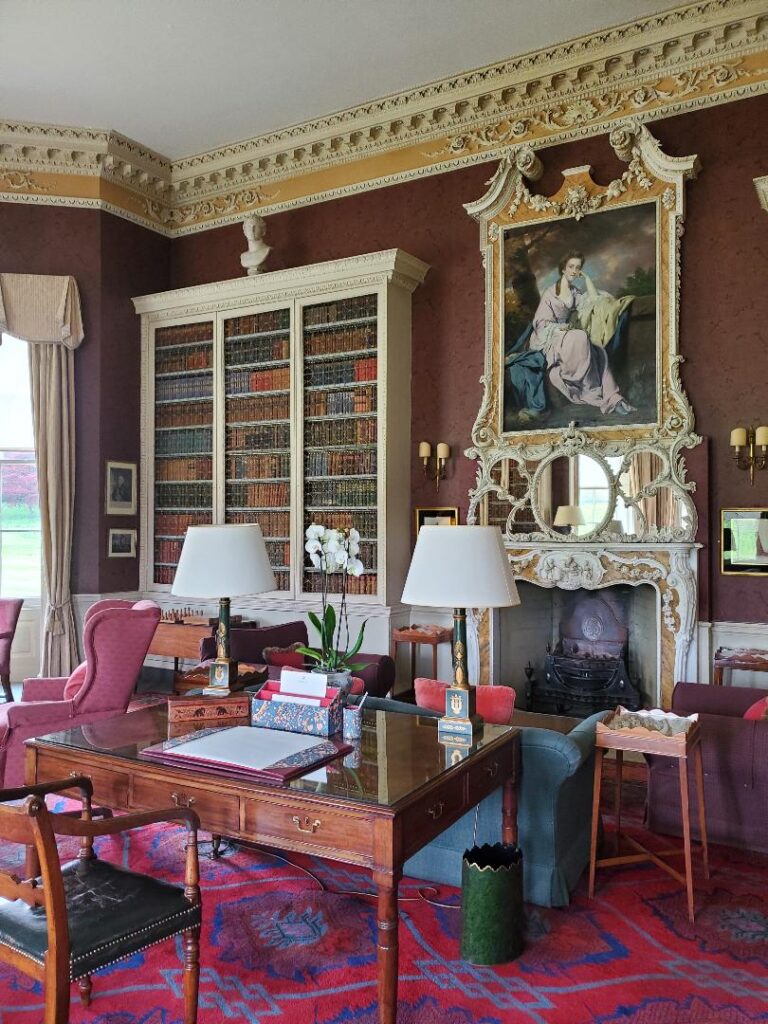



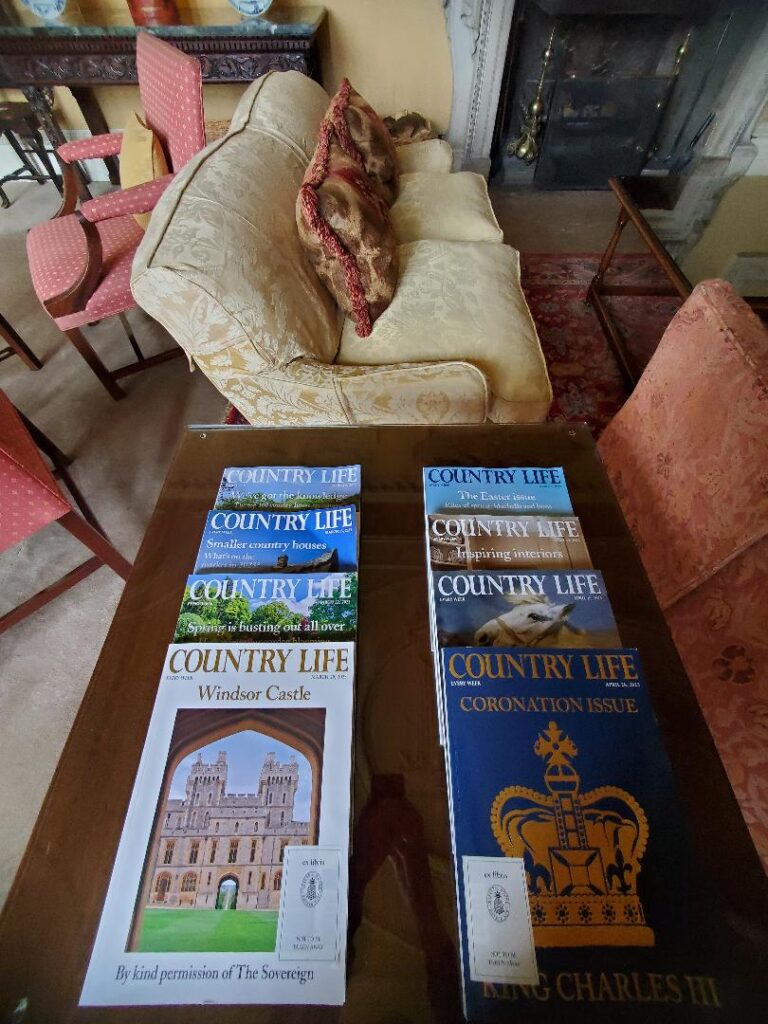
Guests are free to lounge, read or have a drink in any of the drawing rooms; staff are always discreetly on hand to attend to your wishes, though you’d do well to rouse yourself occasionally and explore the extensive grounds.
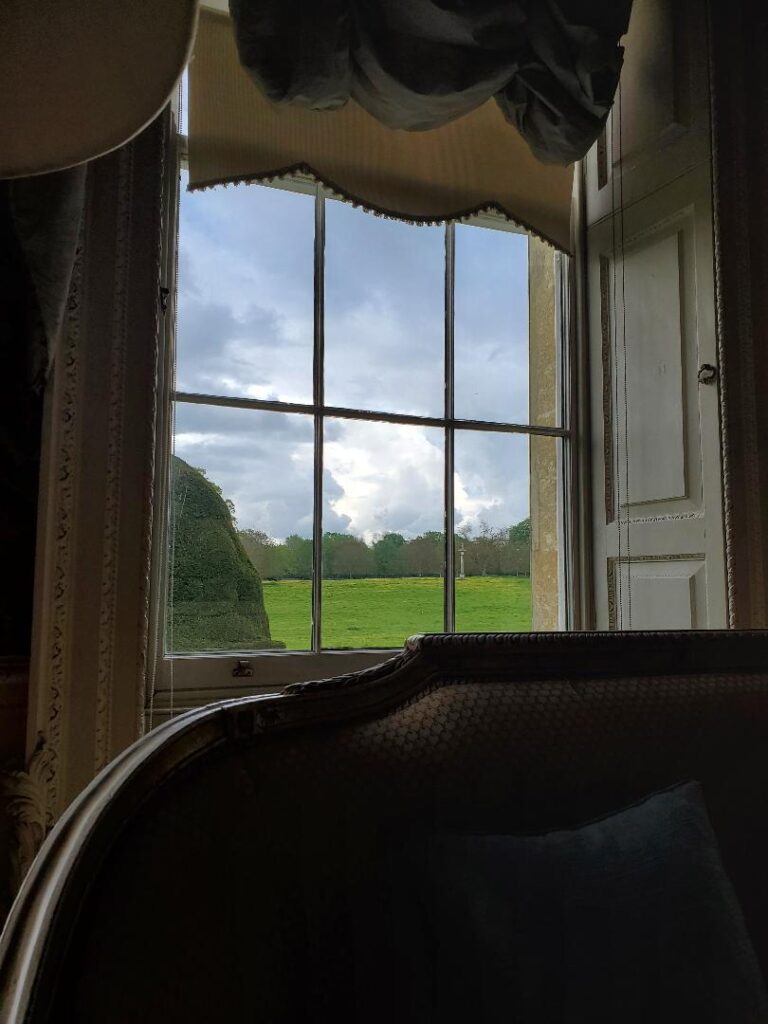
Hartwell House sits in over 90 acres of glorious landscaped gardens and parkland. The garden was designed at the start of the 18th century, probably by James Gibbs, in the formal style with allées and garden buildings. By the middle of the 18th century, most of the formality had been swept away and the garden landscaped by a follower of Lancelot (Capability) Brown, one Richard Woods.
Today, guests are encouraged to stroll the many paths, explore the follies and woods and commune with the resident cows. If you’re lucky, you’ll catch a glimpse of the deer who typically make an appearance in the grounds around dusk.
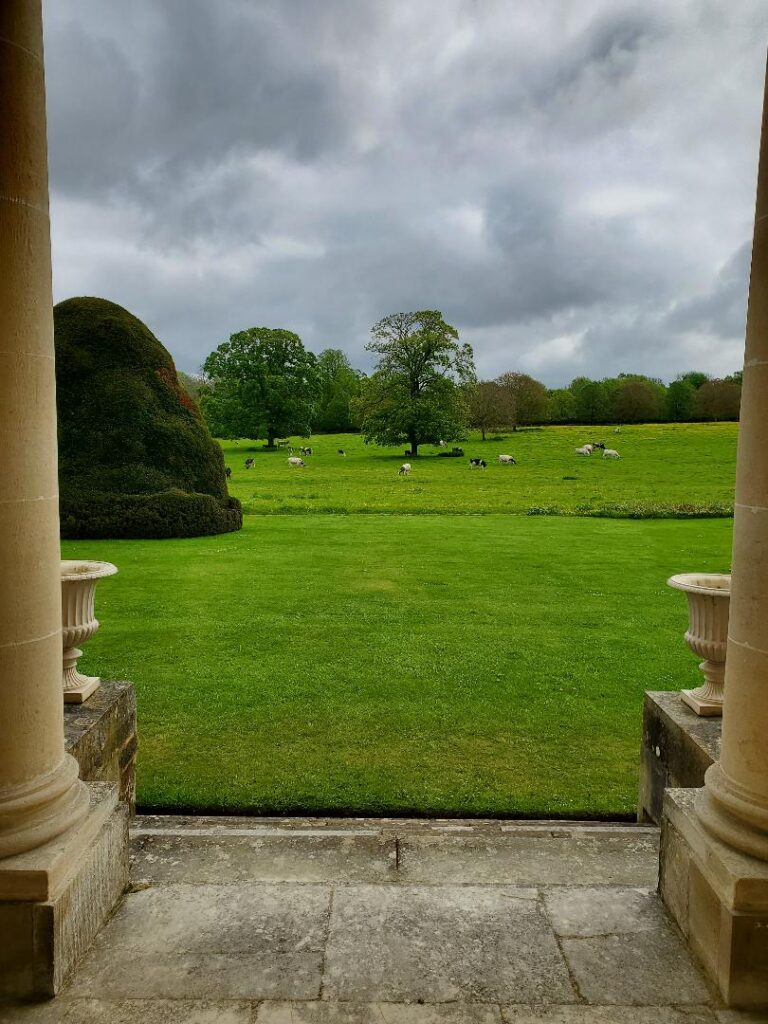
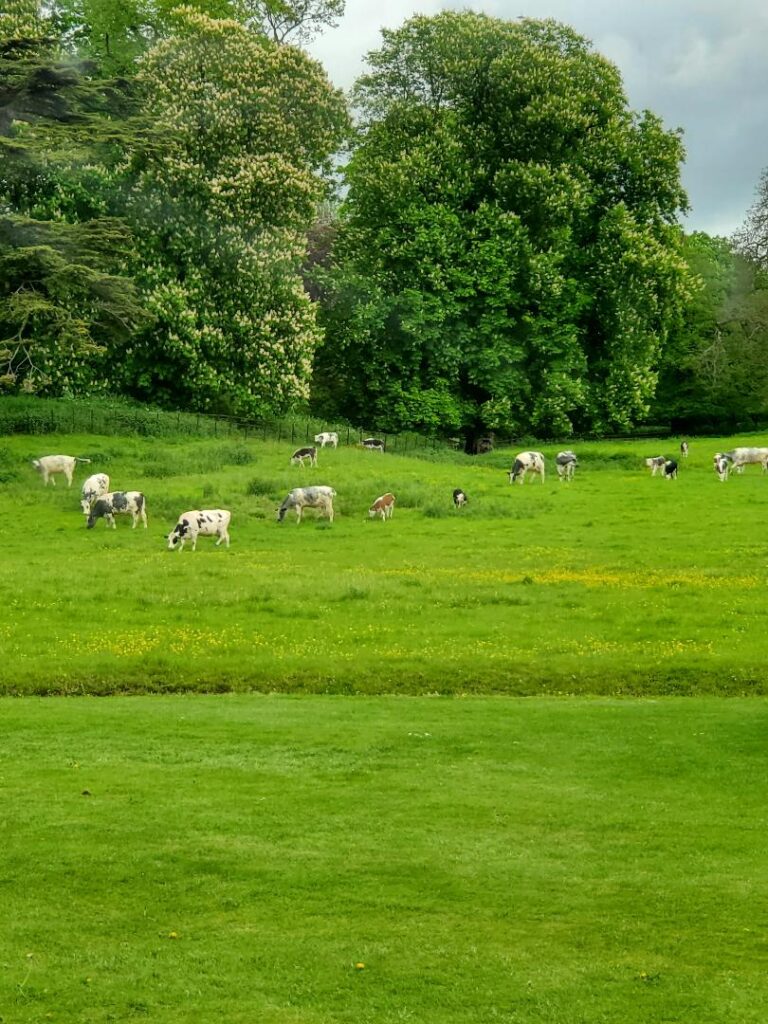


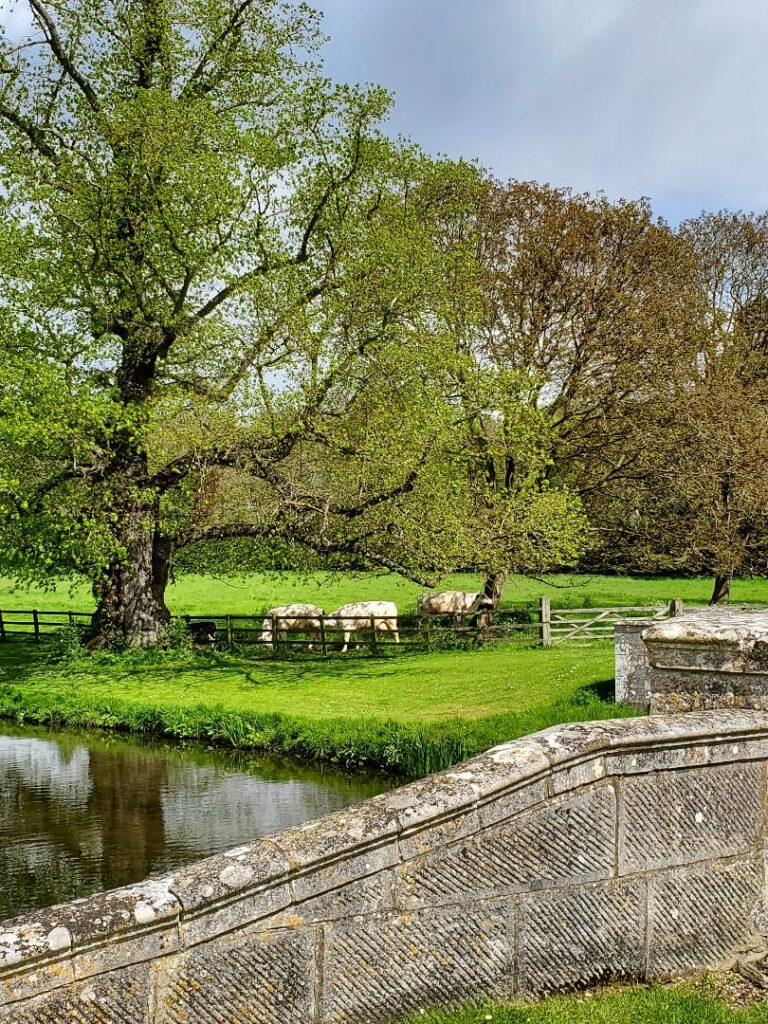
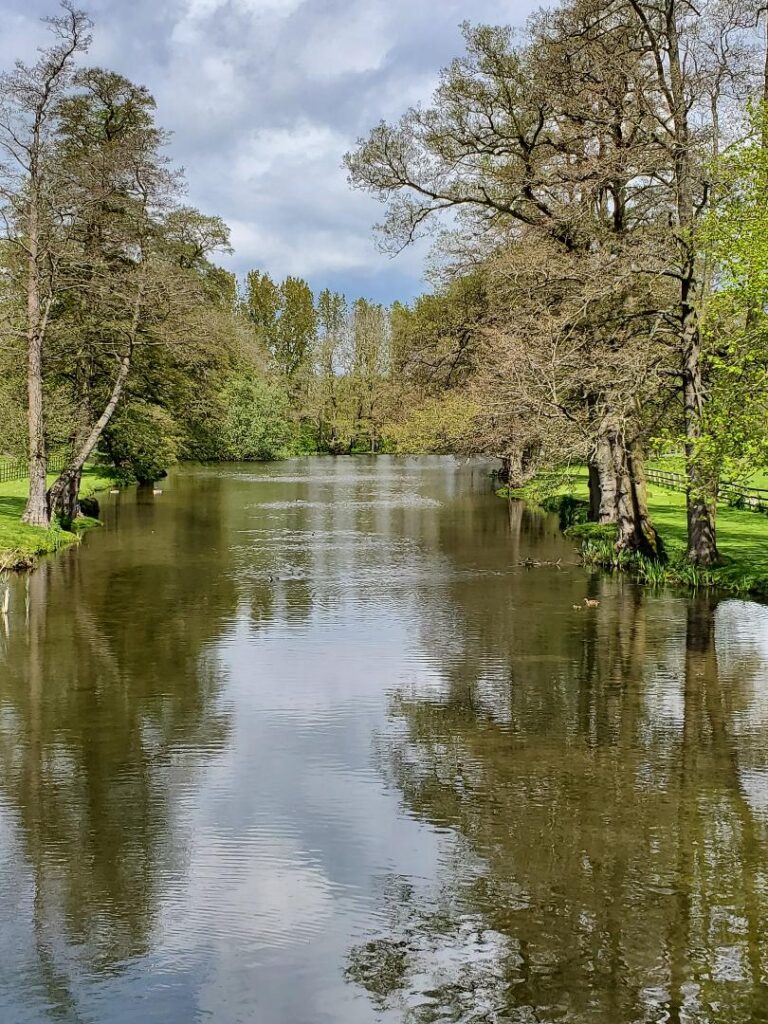
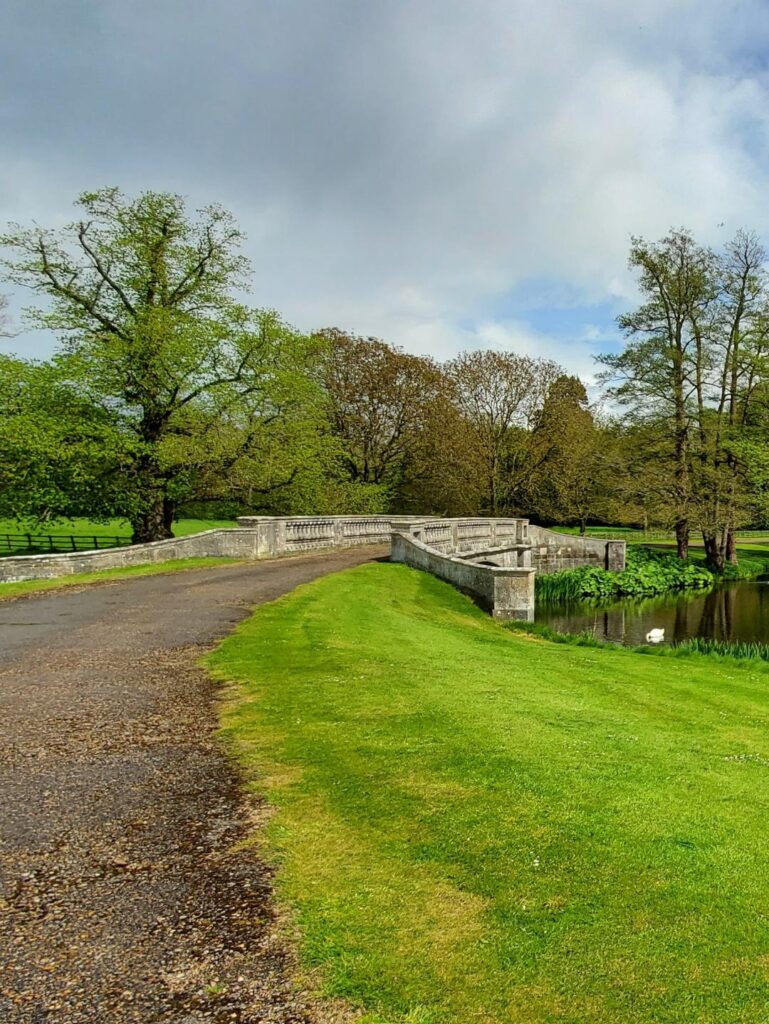
The picturesque bridge over the lake was originally the central span of the old Kew Bridge, built over the Thames in the 18th century but dismantled in 1898 and its sections sold at auction.
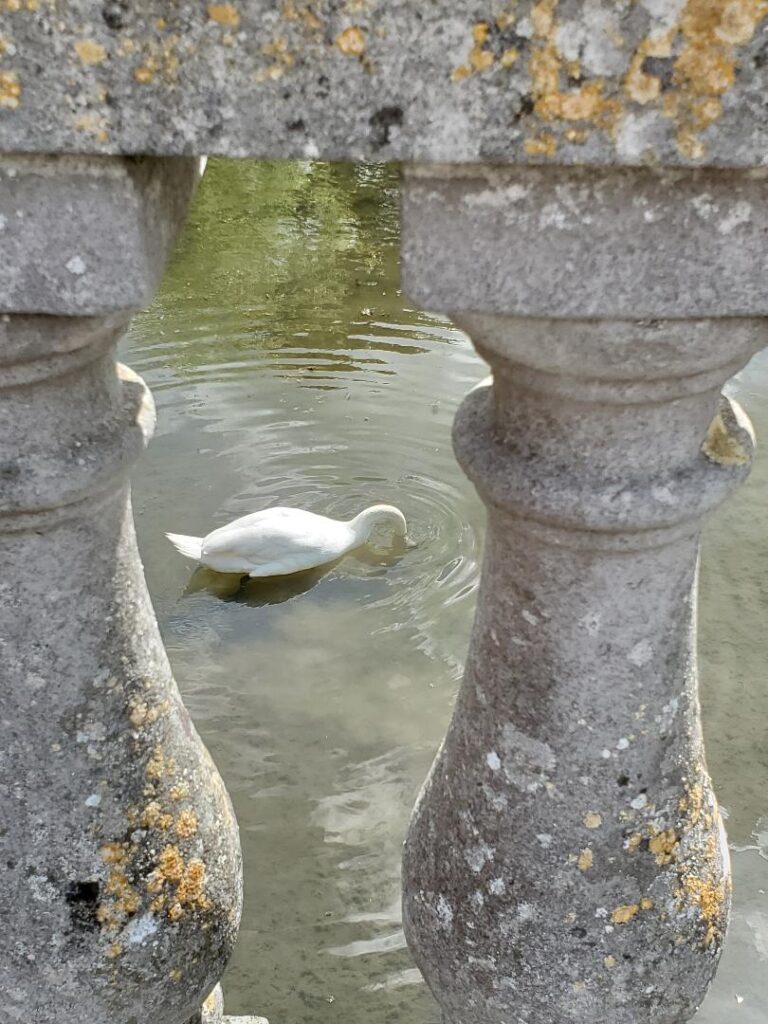
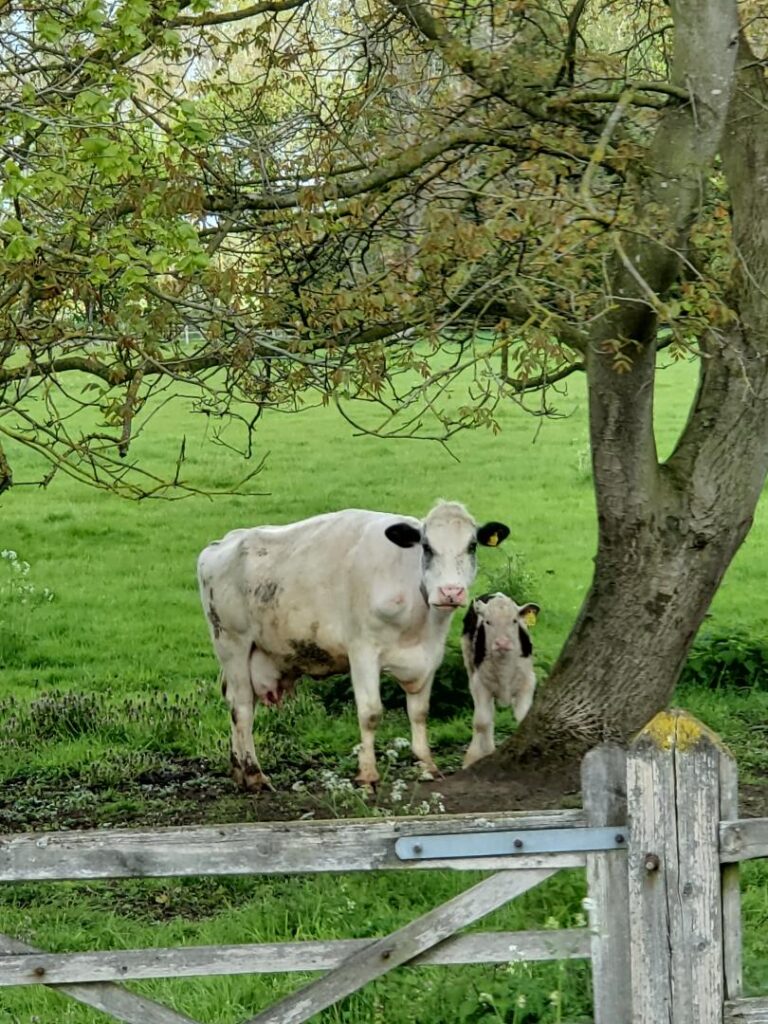
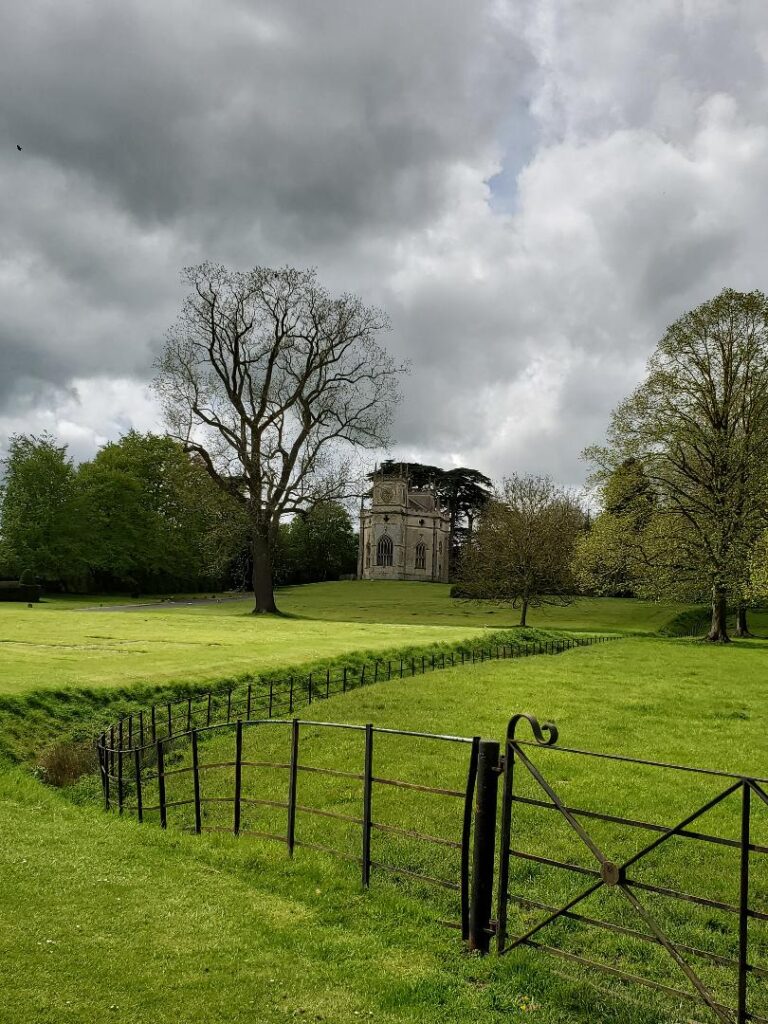
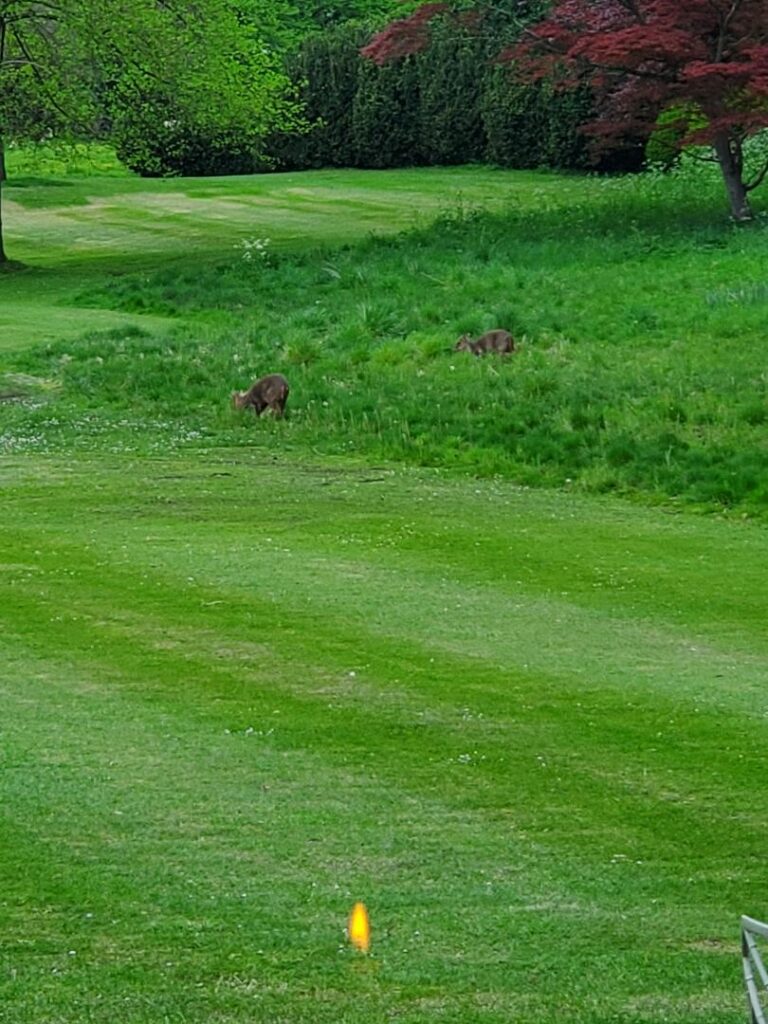
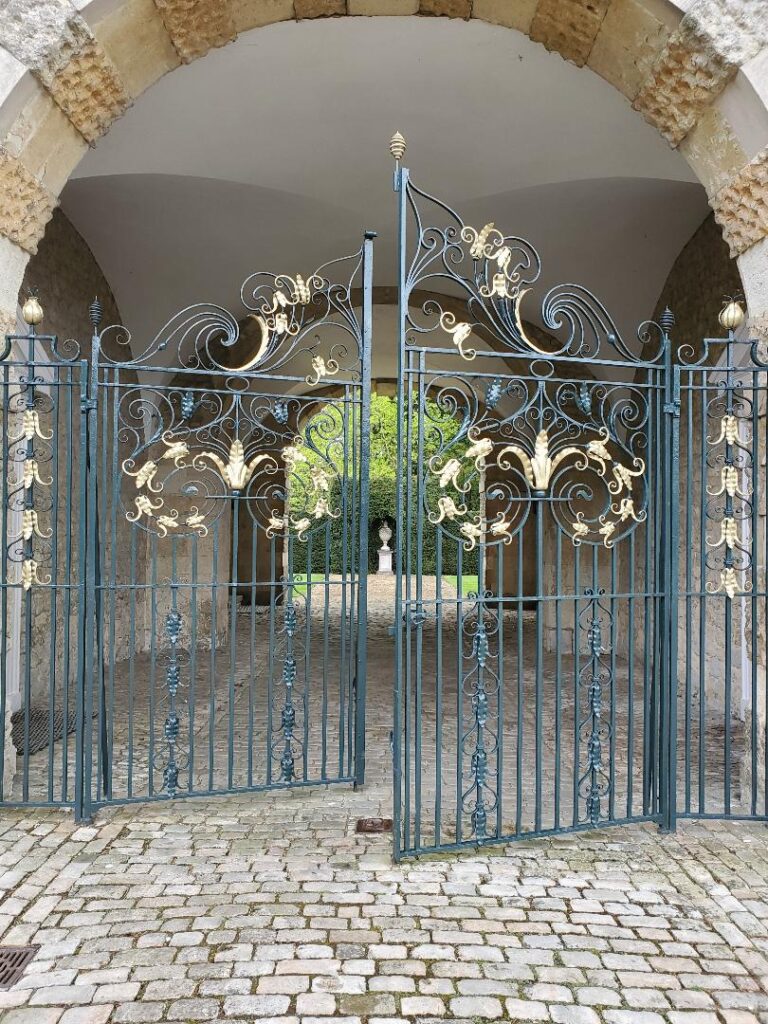
Hartwell House also boasts a full service spa, offering a wide range of treatments. Hotel guests are free to use the swimming pool whenever they like.
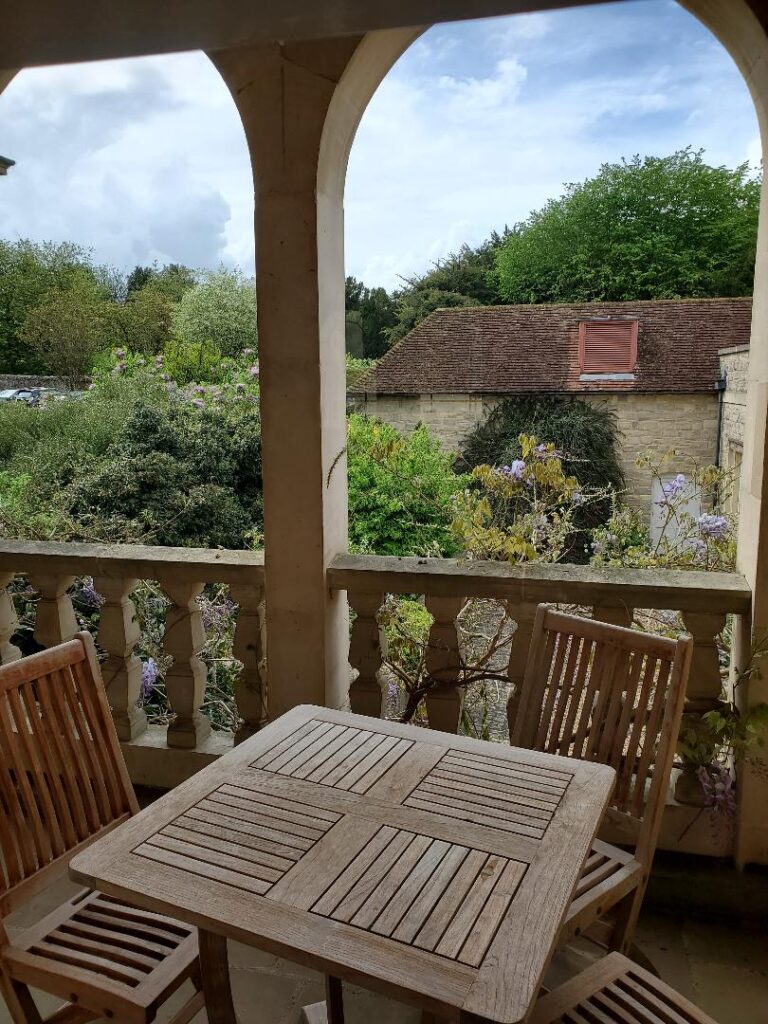
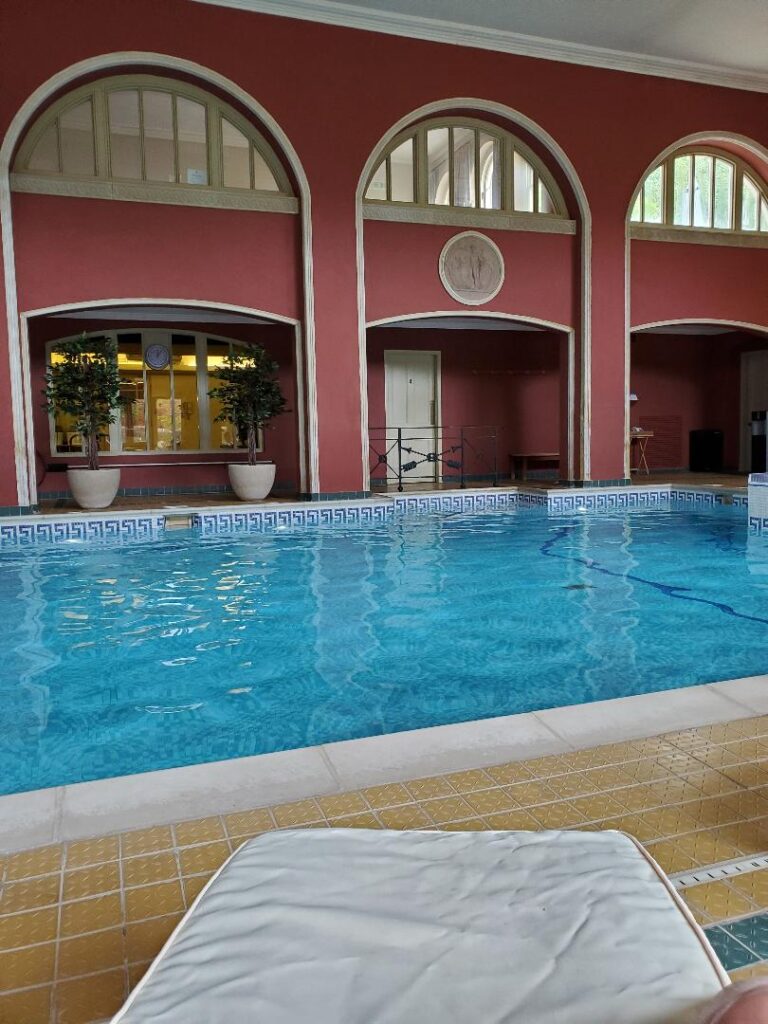

Back at the House, be sure to indulge in a very special afternoon tea, served when and wherever you like.

Breakfasts at Hartwell House are also a treat. Enjoy a leisurely meal as you read the newspapers or simply gaze out at the beautiful grounds and enjoy a second cup of tea or coffee.
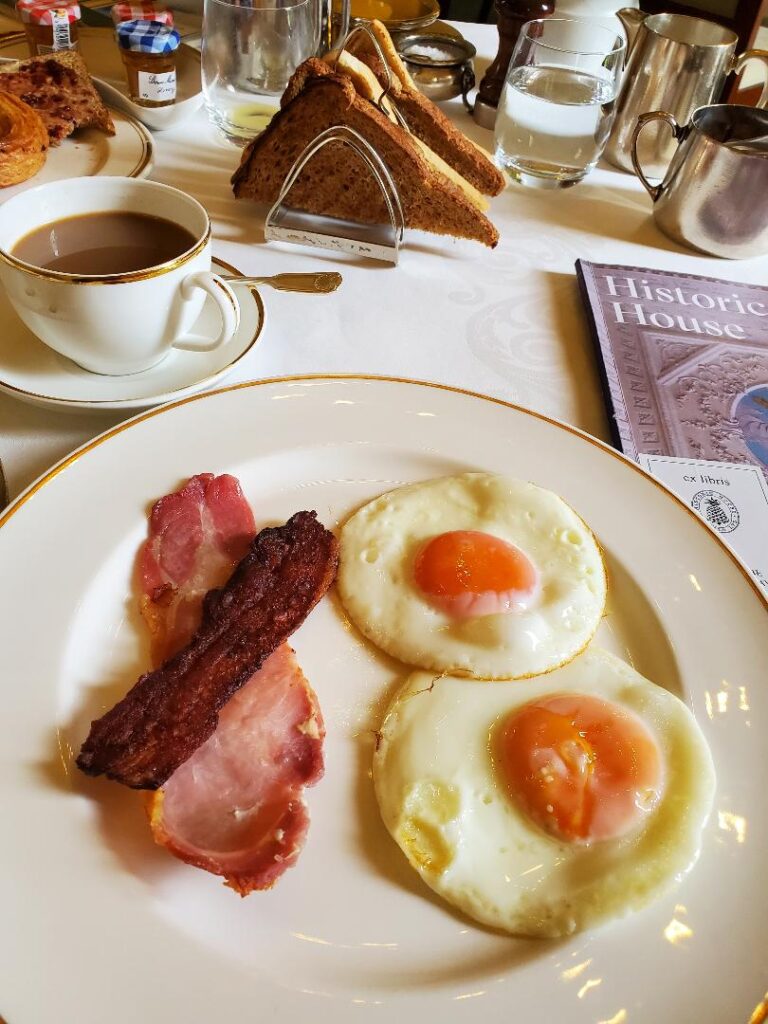

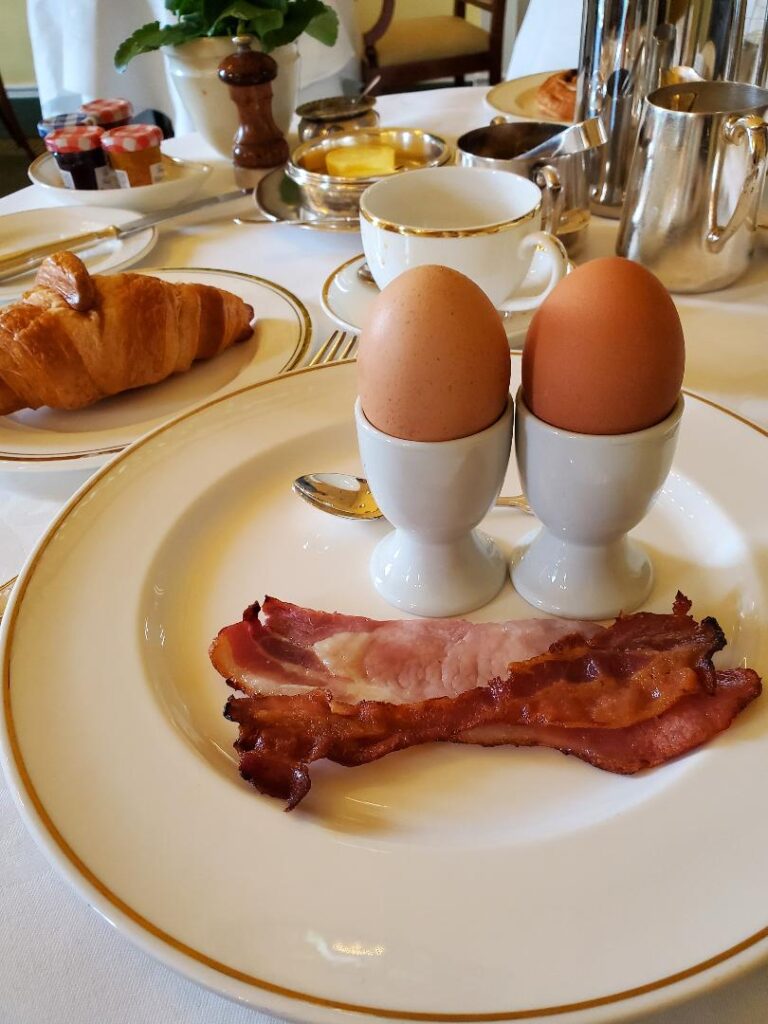

Is it any wonder that I’ve added a stay at Hartwell House to Number One London’s upcoming Town & Country House tour? An added bonus is that there is a private drive from Hartwell House to nearby Waddesdon Manor, also on the tour. You can find the complete tour itinerary and further details here.
